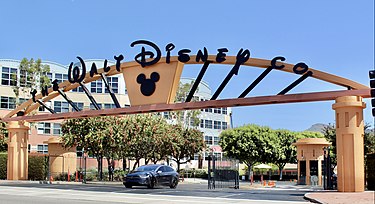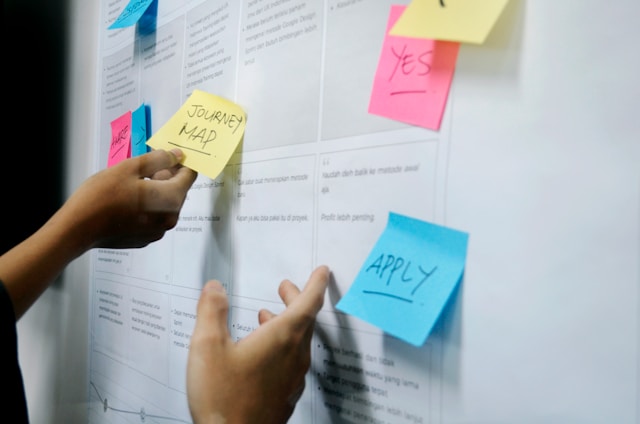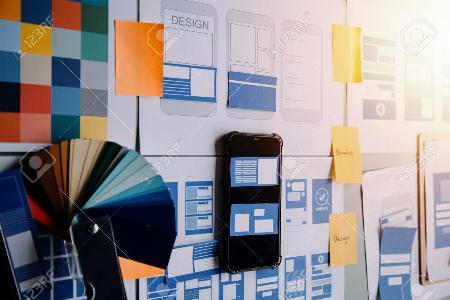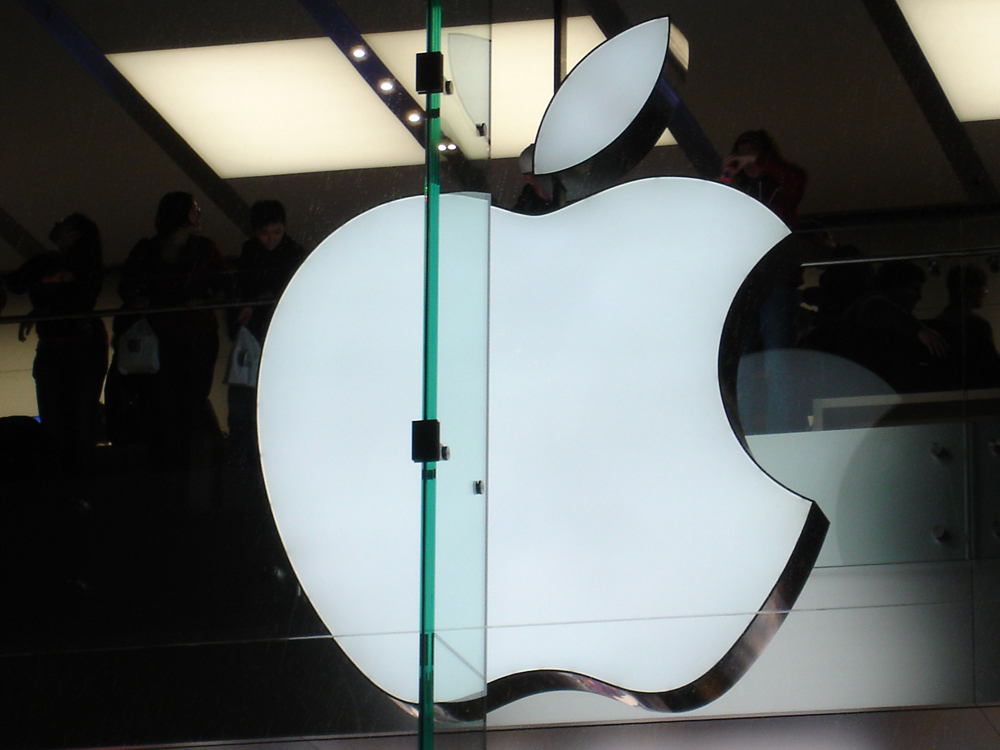Disney’s UX Design is a masterclass creating seamless, engaging, and user-friendly experiences. Known for its enchanting storytelling, Disney has taken its magic beyond movies and theme parks to create a cohesive experience that resonates with users in physical and digital spaces. By prioritizing user-centric design, integrating innovative technology, and crafting immersive narratives, Disney sets a high bar for UX design.
Disney’s User-Centric Design: Meeting Diverse Visitor Needs
Disney’s UX Design revolves around understanding its diverse audience. In Disney theme parks, for example, every area is crafted with a specific user experience in mind. Magic Kingdom’s Fantasyland caters to young children, offering gentle rides and colorful visuals. On the other hand, Epcot’s World Showcase appeals to adults with fine dining and cultural experiences. In digital spaces like Disney+, UX is tailored with personalized recommendations, multi-user profiles, and intuitive navigation to make it accessible and enjoyable for all users.
Disney’s UX designers conduct extensive research to anticipate and address user needs. This user-centric approach ensures that every visitor, whether at a park or on a streaming platform, enjoys an experience that feels tailored to them. Disney emphasizes empathy, recognizing that understanding the audience is the first step to building trust and satisfaction.
Seamless Integration of Technology in Disney’s UX Design
Disney skillfully integrates advanced technology to enhance user experience. One of the best examples is the MagicBand, a wristband introduced in Disney World that combines various functions, such as park tickets, hotel room keys, and payment methods, into a single, wearable device. This integration streamlines tasks for users, allowing them to immerse themselves in the experience without worrying about logistics.
In digital platforms like Disney+, the interface is intuitive and offers smooth navigation, which makes content easily accessible. Disney’s UX Design team continuously optimizes the platform for reliability, speed, and personalization, making the streaming experience seamless and enjoyable. Features like “GroupWatch” further enhance the user experience, allowing users to watch and chat about their favorite shows with friends, regardless of location.
Storytelling as a Central Element in Disney’s UX Design
Disney’s UX Design is deeply rooted in storytelling. Each Disney experience, from theme parks to digital apps, is crafted with a strong narrative element that guides users. This storytelling is essential to Disney’s brand and is used to keep users fully immersed in the Disney universe. For instance, each themed area in a park is meticulously designed to reflect its story. In Star Wars: Galaxy’s Edge, every detail, from the buildings to the staff’s costumes, brings guests into the Star Wars world, creating an immersive, cohesive experience.
Disney extends this storytelling principle to its digital products. The Disney+ interface, for instance, arranges content by stories and themes, making it easy for users to dive into their favorite franchises, whether it’s Marvel, Pixar, or Disney Classics. This approach not only simplifies navigation but also strengthens the connection between users and Disney’s extensive storytelling legacy.
Consistency and Detail in Disney’s UX Design
Consistency and attention to detail are fundamental aspects of Disney’s UX Design. From the theme parks to digital products, every touchpoint reflects Disney’s high standards for brand cohesion. This consistency builds trust and strengthens the Disney identity, enhancing user experience across different platforms.
Disney’s theme parks use recognizable visual cues to guide visitors. In Magic Kingdom, the hub-and-spoke layout ensures that Cinderella’s Castle is always visible, helping guests orient themselves. This layout not only reinforces Disney’s brand but also makes navigation intuitive. The same attention to detail is applied in digital platforms like Disney+. The platform’s design mirrors the iconic Disney look, with consistent fonts, colors, and thematic content organization. This consistency creates a cohesive experience for users, making transitions between Disney’s physical and digital spaces seamless.
Balancing Innovation with Familiarity
Disney’s design is an expert blend of the new and the familiar, continuously evolving to enhance user experience while maintaining core Disney elements. As users’ expectations change, Disney adapts its offerings without compromising its brand identity. This balance is key to Disney’s UX Design, allowing it to innovate while staying true to what makes Disney experiences unique.
For instance, the My Disney Experience app, designed to streamline visits to Disney parks, includes real-time updates, wait times, and mobile ordering options. This innovation simplifies planning for visitors, helping them make the most of their time at the park. The app, however, retains the classic Disney charm in its visuals and interactive elements, ensuring users feel the magic even on a screen.
Conclusion
Disney’s UX Design exemplifies how a commitment to user-centric design, technological integration, and storytelling can create exceptional experiences. Disney seamlessly blends these elements to offer an experience that is magical, engaging, and accessible for users across various platforms. By continually innovating while staying true to its brand, Disney has redefined UX design, setting a standard that inspires designers around the world. Through this combination of empathy, consistency, and immersive storytelling, Disney’s UX Design stands as a testament to the power of thoughtful and intentional user experiences.



